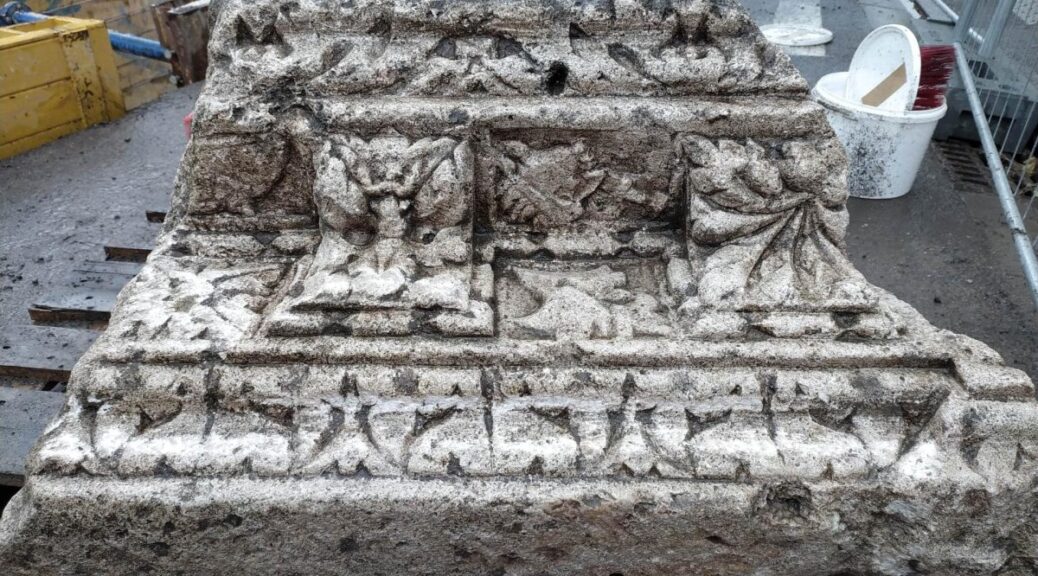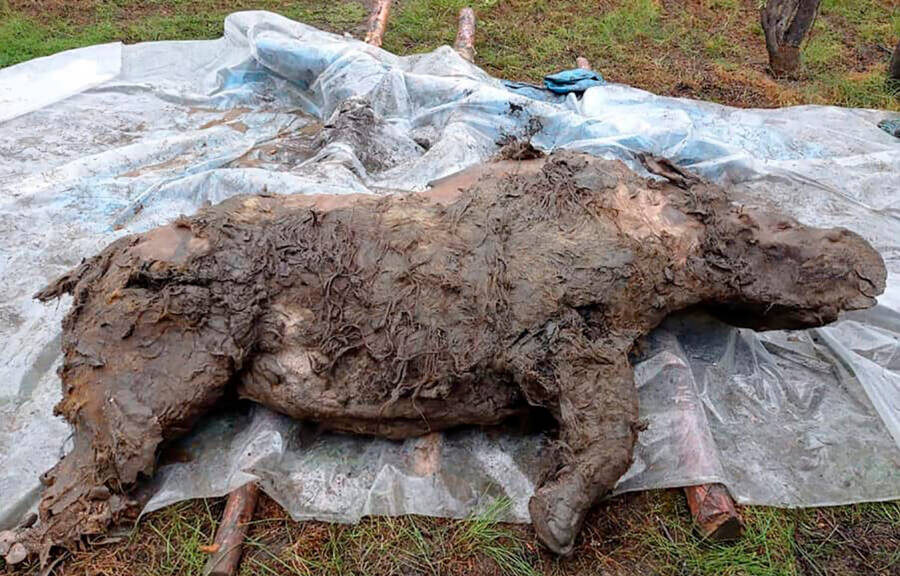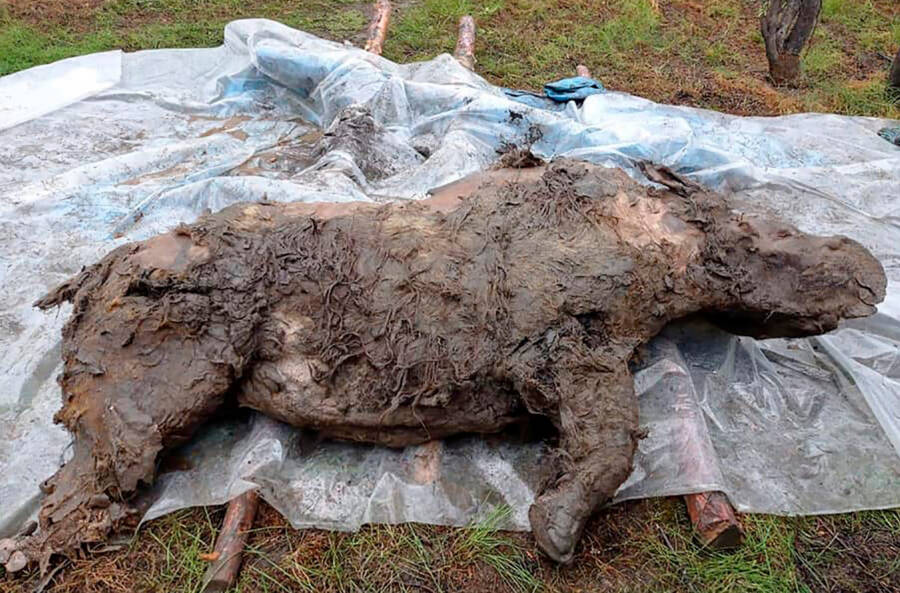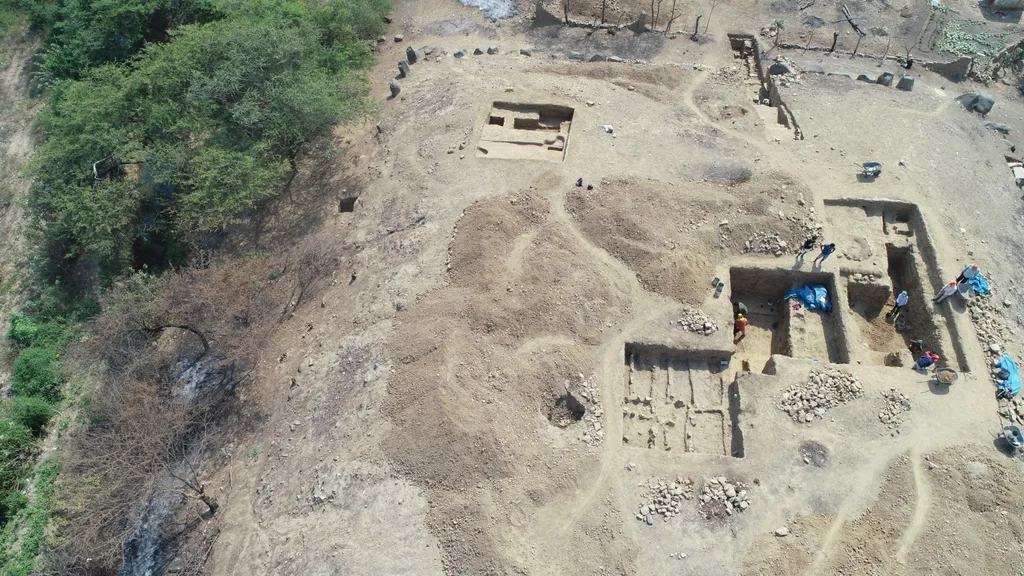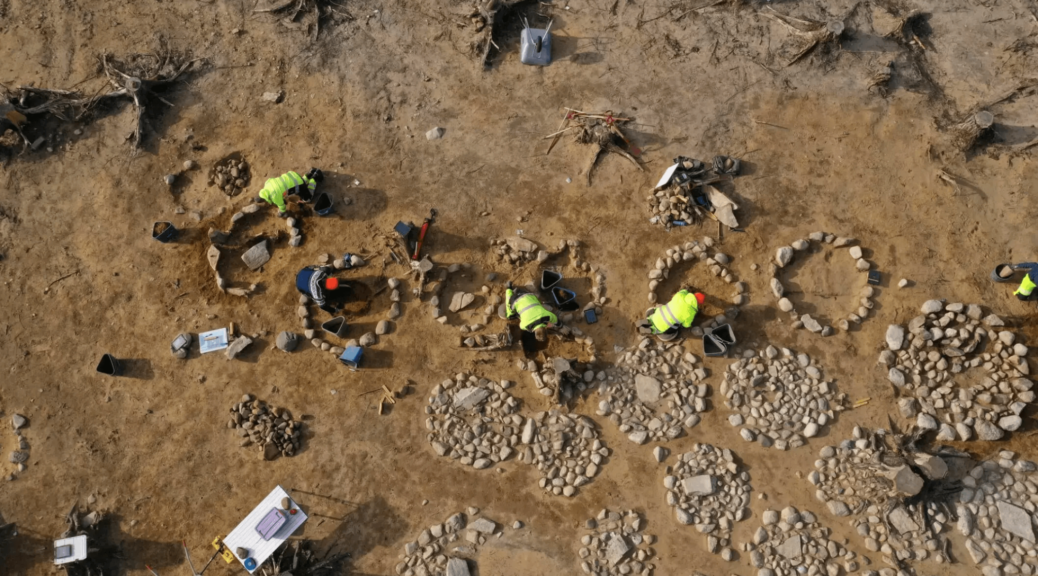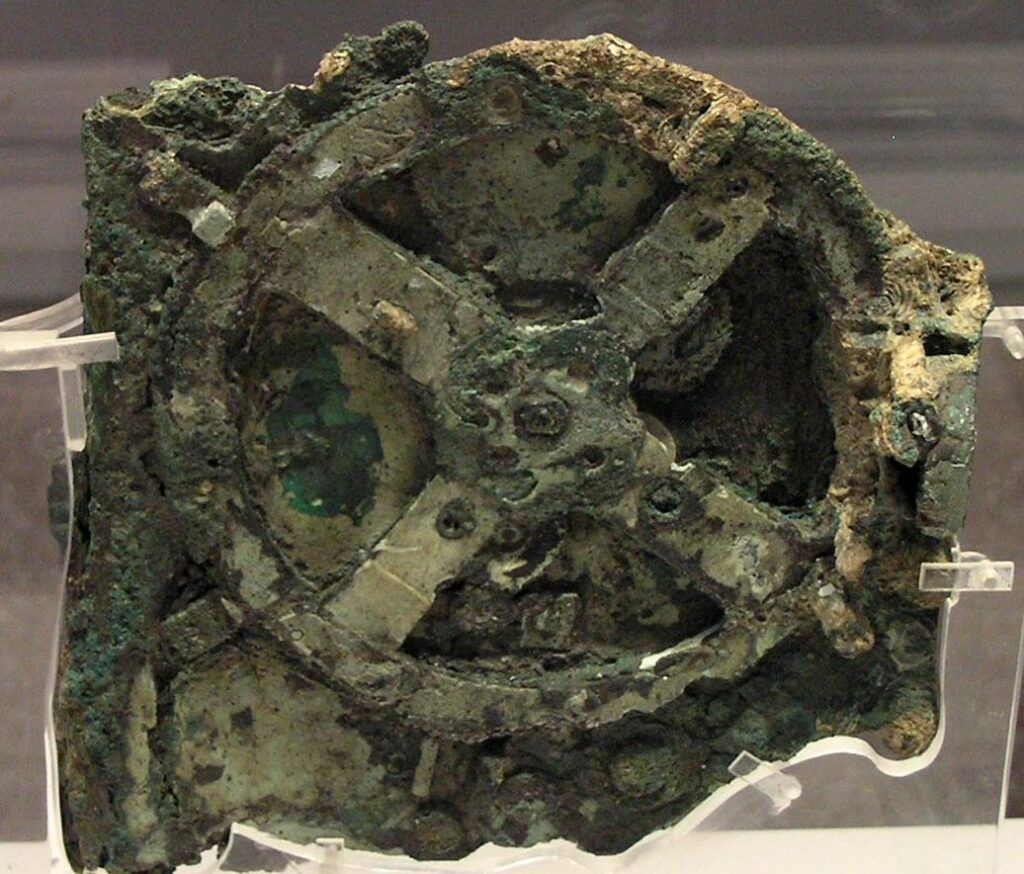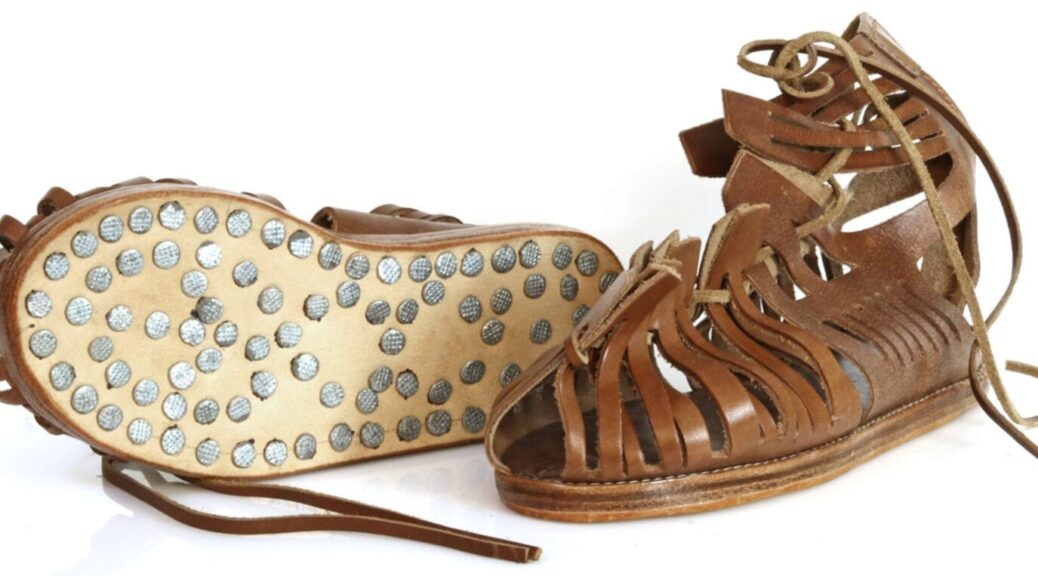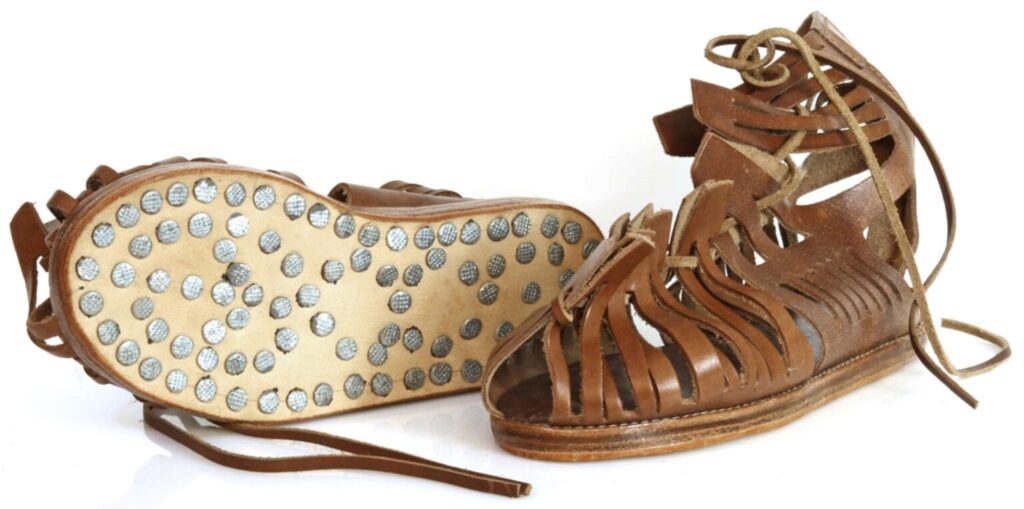A Decorated Block with Decapitated Gaul Found for the First Time in Toul, France

A Corinthian-style carved block that was once part of the entablature of a monumental Gallo-Roman public building has been discovered in Toul, northeastern France. This is the first time an architectural element of this size, Corinthian-style found in Toul.
In Toul, a city in northeastern France, a large-scale construction project is underway to install a heating network, a system of underground pipes that pump hot water, preventing the need for individual boilers or electric heaters in every building.
The operation involved following the opening of several sections of trenches for the installation of the future district heating network, over a total length of around 2 km, from March to November 2024. Researchers didn’t expect to make monumental discoveries along the way.
Toul is an ancient city existing in a modern time, built first at the crossroads of Roman roads and then developed well into the 19th century, according to a news release from the French National Institute for Preventive Archaeological Research.
The ancient, medieval, and modern town of Tullum-Toul developed at the confluence of the Moselle and the Ingressin stream, at the foot of the Moselle hills. It is located at the crossroads of Roman roads (including the Via Agrippa), ancient paths, and bridges spanning the Moselle. It has flourished since ancient times, becoming the chief town of the Belgic Leuci trib.

Originally a Leuci hillfort (oppidium), the town was surrounded by massive defensive walls constructed by the Romans in the late third or early fourth century. These walls largely relied on spoglia, which are repurposed building materials from older structures. The walls stood for centuries. The walls and 15 towers remained in active use until the fortifications were rebuilt in 1700.
Toul became the seat of a bishopric in the fourth century and of a vast diocese based on the ancient Pagus Tullensis. From the middle of the sixteenth century, Toul was associated with the three Lorraine bishoprics of Verdun and Metz, which became part of the kingdom of France.
Archaeologists from France’s National Institute for Preventive Archaeological Research (INRAP) that a fragment of the ancient wall seven feet thick was discovered in April, followed by a low masonry and rubble wall nearby. The carved block of stone was discovered 20 feet away from this second wall.
Archaeologists believe the block once belonged to a monumental building, but then at some point later in history it was broken and used as part of the defensive wall.
The block of white limestone is a sizable portion of an elaborately carved entablature. Its dimensions are four feet wide by 3.3 feet deep by 1.7 feet high, and its weight exceeds 880 pounds. It was likely larger before it was broken apart. It features two elaborate modillions, which are brackets that support tall, flat architectural elements like roofs and cornices. It is broken at both ends, likely damaged when it was torn off an old building for reuse in the wall.

The modillions feature acanthus-like vegetal decoration on one and the Gallo-Roman version of a Green Man figure on the other. Between the modillions are two rectangular metopes. One is carved with what appears to be a shield, the other with an iconographic type seen on local potin leuque coins from the 1st B.C.
In between the artistic carvings, a more violent image is cut into the stone. The severed head of a Gaul is carved with a hollow eye, and the head is resting on what is identified as a Roman sword. Archaeologists said the image is a clear depiction of the Romans’ victory over the Gallic people in northeastern France.
Although a large mausoleum located north of Trier has an entablature with similar features, this block’s elaborate decoration and size suggest it was part of a monumental public building. Comparable examples from the second century A.D. can be seen on the facades of temples, theaters, baths, triumphal arches, and gates.
The block has been placed in temporary storage at the INRAP headquarters in Metz. It will cleaned, conserved, and studied before eventually going on display in the Toul Museum.
